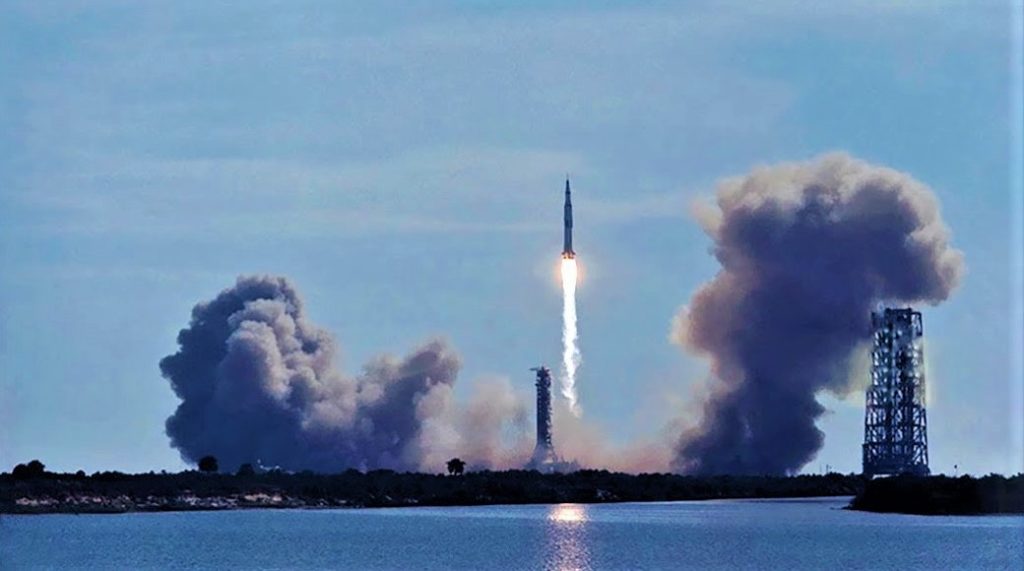
In my mind, only a handful of moments in the last 50 years are iconic. The launch of Apollo 11 and subsequent landing of the first men on an extraterrestrial surface certainly remains one of the few for several reasons: excellence in planning, mathematics, physics, physical training, creativity, engineering and the courage it took for the three explorer-astronauts.
On an early morning in July, all of those characteristics came into focus and three days later, achieved the pinnacle of excellence: two men walking on the surface of the moon.
Through Projects Mercury and Gemini to Apollo, Americans watched spectacular achievements and tragedy as we realized President Kennedy’s directive of putting a man on the moon before the end of the decade. Sadly, Kennedy wasn’t around to see that dream fulfilled.
It was NASA’s director of Space Flight, Abe Silverstein who came up with the name Apollo — the fearless Greek archer capable of hitting a distant target. And what a distance it was: 238,000 miles!
After the tragic fire on the launch pad that took the lives of Grissom, White and Chaffee, people around the world, held their breaths as we all watched the launch of Apollo 11.
Neil Armstrong, Buzz Aldrin and Michael Collins. All three endured hundreds of hours of training. Armstrong, himself, narrowly averted death when piloting the LLRV-1 – a test vehicle of the lunar lander – that developed problems causing the Armstrong to eject at the last possible moment before the aircraft crashed and exploded in front of media cameras.
All three had the “right stuff,” as author Tom Wolfe wrote and titled his book about those early pioneers, as they slipped the surly bonds of earth in a picture-perfect launch that was televised around the world on their way to the moon.
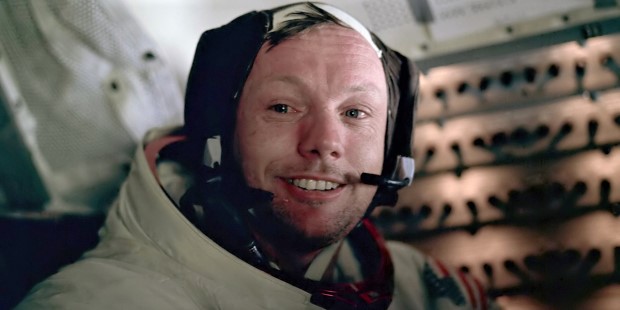
Commander Neil Armstrong… “made history,” Cnet writes (July 15), “as the first human to step onto the surface of the moon, but Armstrong was, above all else, a pilot. It’s what he’d wanted to be since he was a kid. Born in 1930, he grew up making model airplanes and reading aviation magazines; he got his pilot’s license at 16, before he got his driver’s license. In 1955, after college and combat service in the US Navy during the Korean War, he joined NASA’s predecessor, the National Advisory Committee for Aeronautics, as a test pilot. It was a decision that set him on the path becoming an astronaut.”
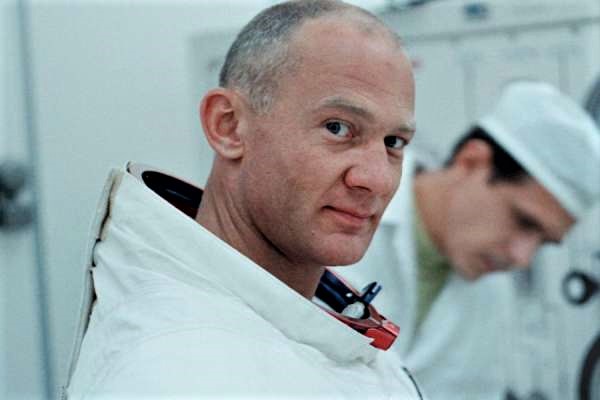
Buzz Aldrin, engineer, former fighter pilot, (called “buzzer” by his sister who mispronounced brother) was the Lunar Module pilot on Apollo 11. He flew the Gemini 12 mission before becoming the second man to set foot on the moon’s surface.

Michael Collins, command module pilot, Collins remained aloft, circling the moon solo as his two crew members were landed on the moon. He attended West Point, like Aldrin.
“I think man has always gone where he could, he has always been an explorer,” Collins told Life magazine before the launch.
On Wednesday, July 16, 1969, these three explorers would be the first to go farther than any other man on earth.
Today, more than ever, we celebrate the unbounded excellence of three men, and that of hundreds of men…. and women who made it all possible.
Comments
Leave a Comment
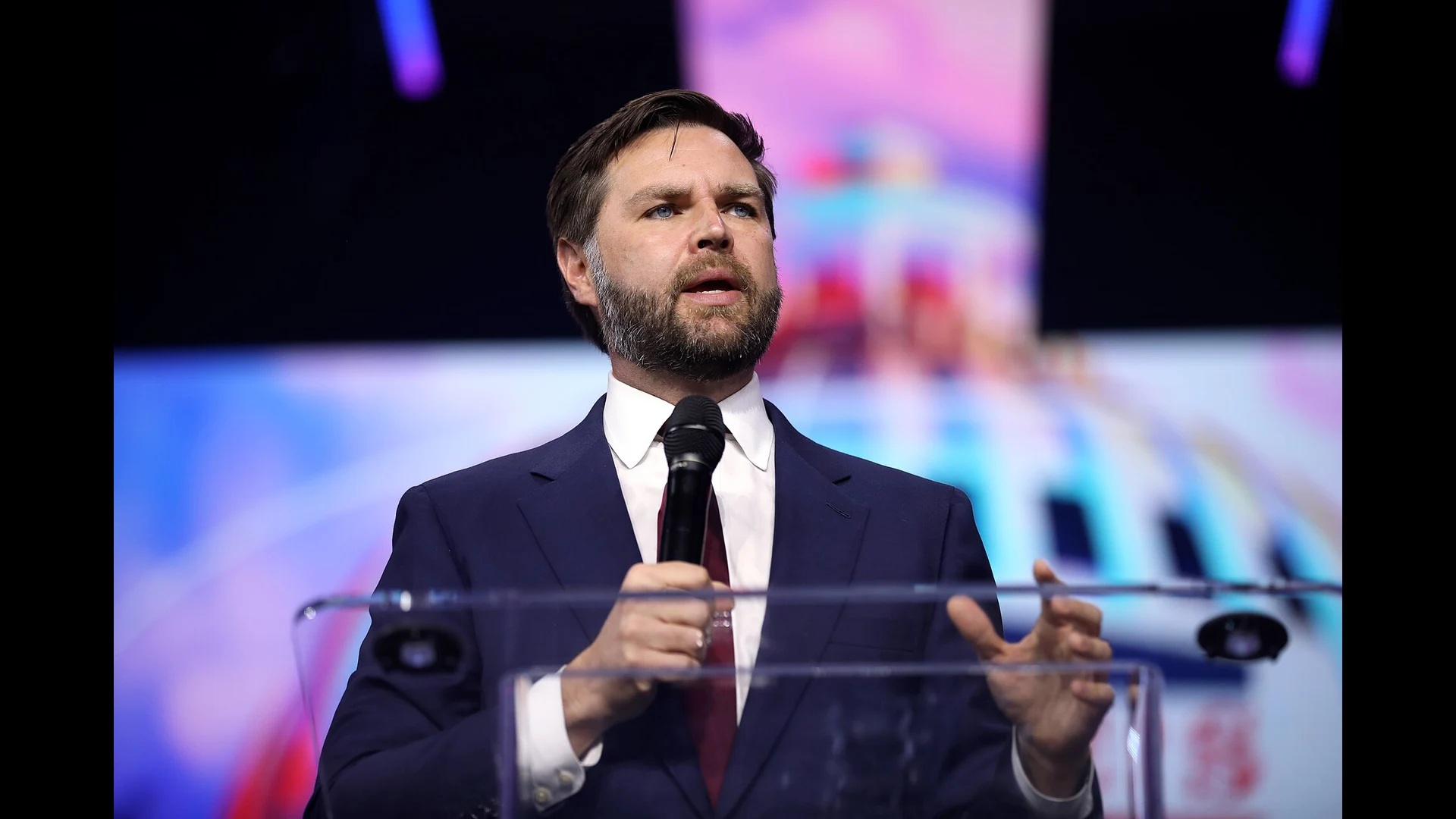
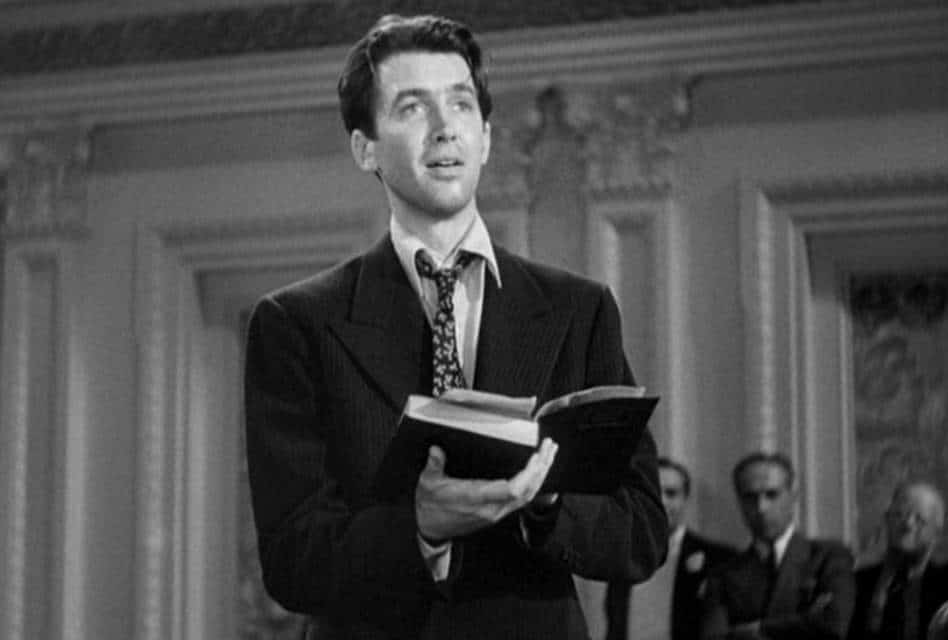
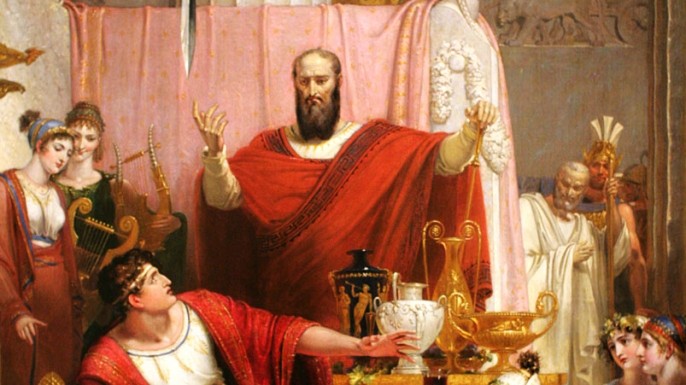
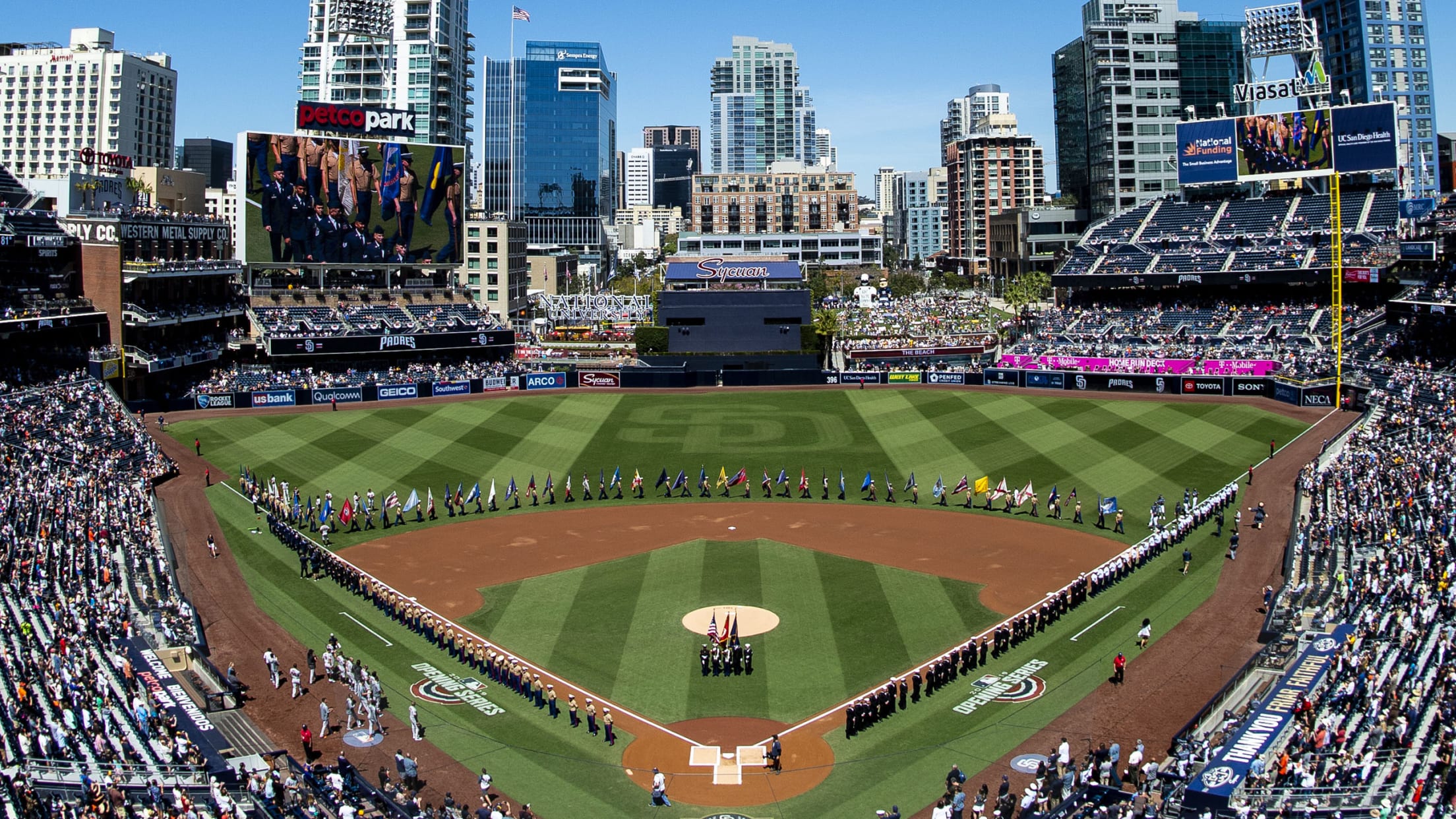
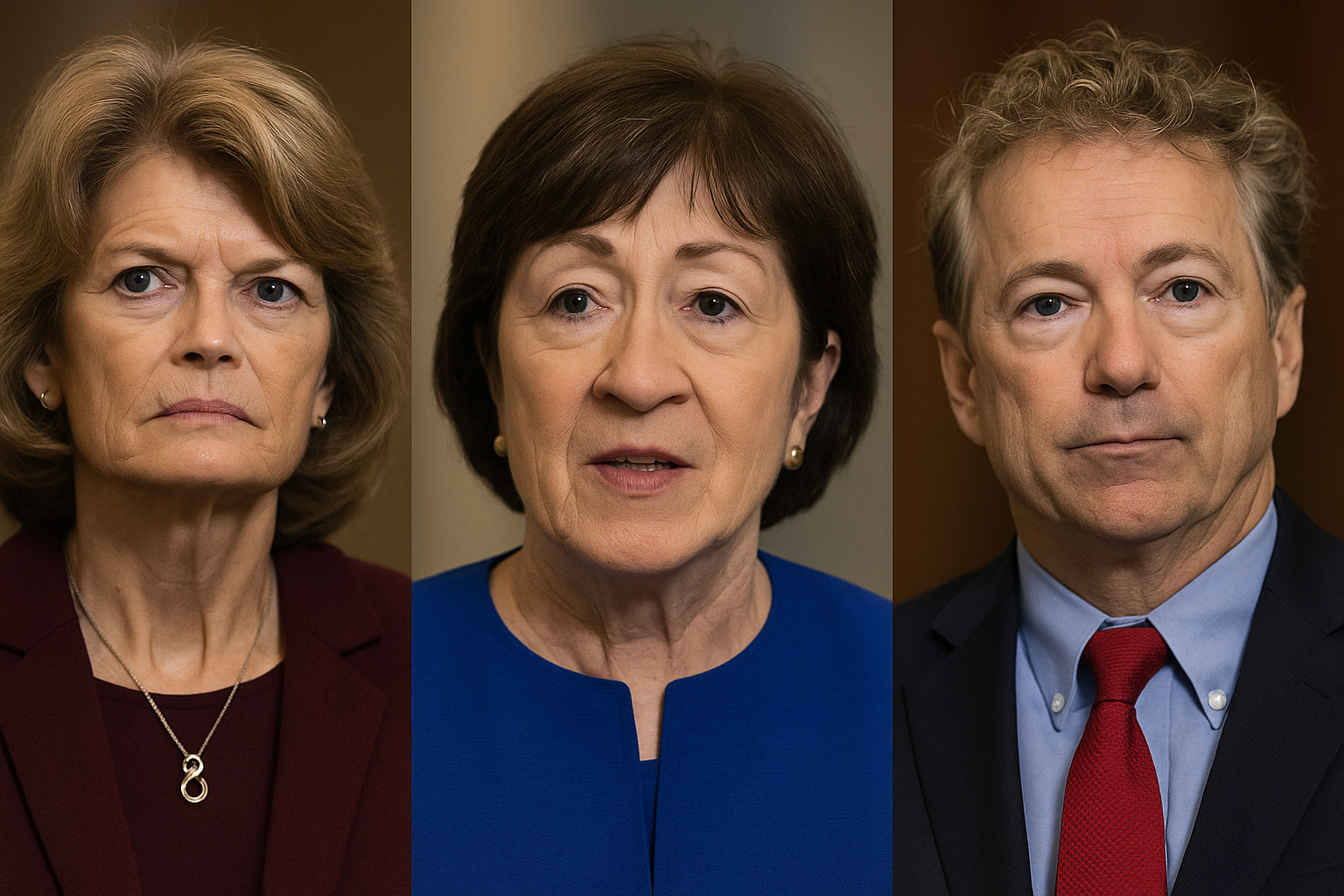
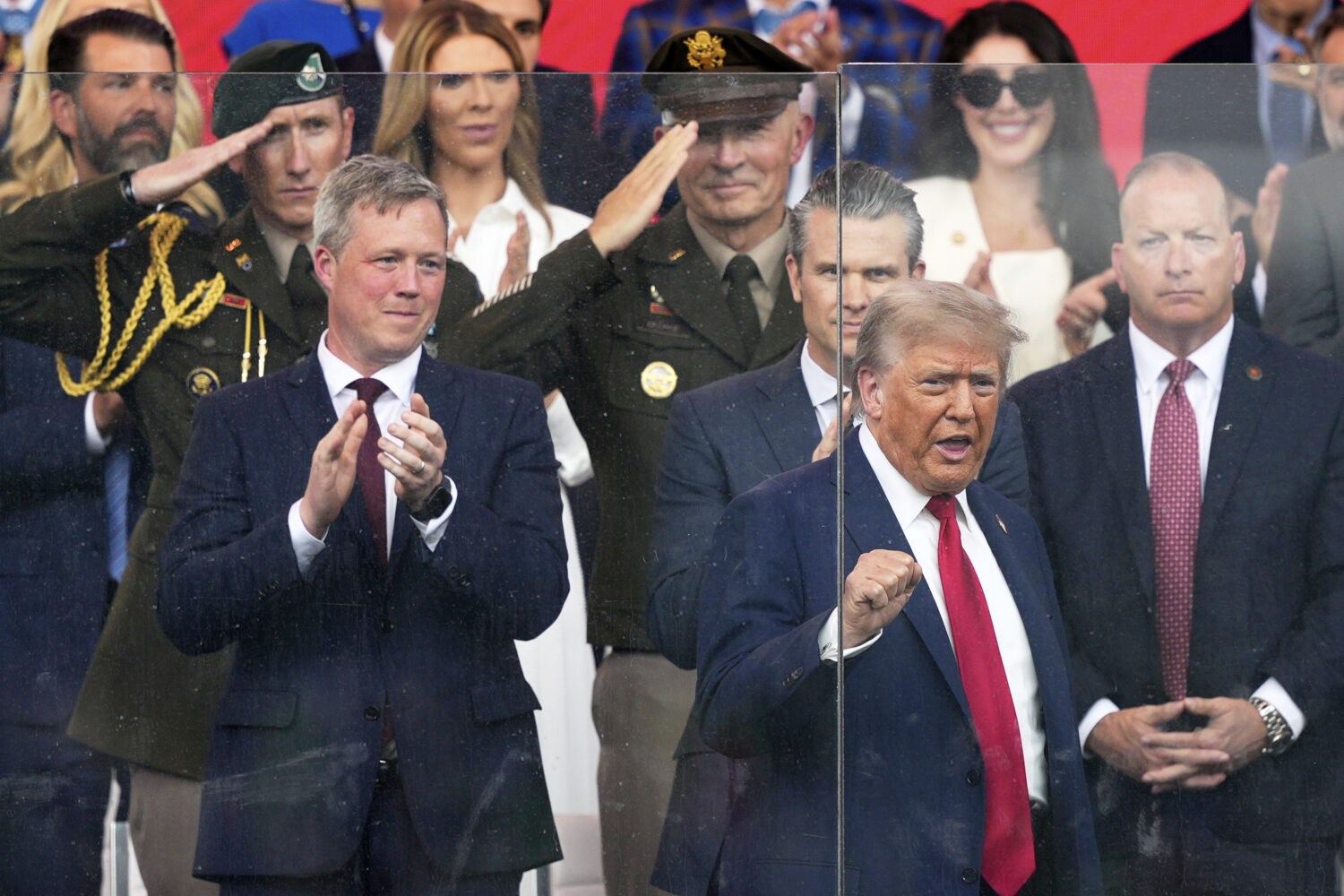

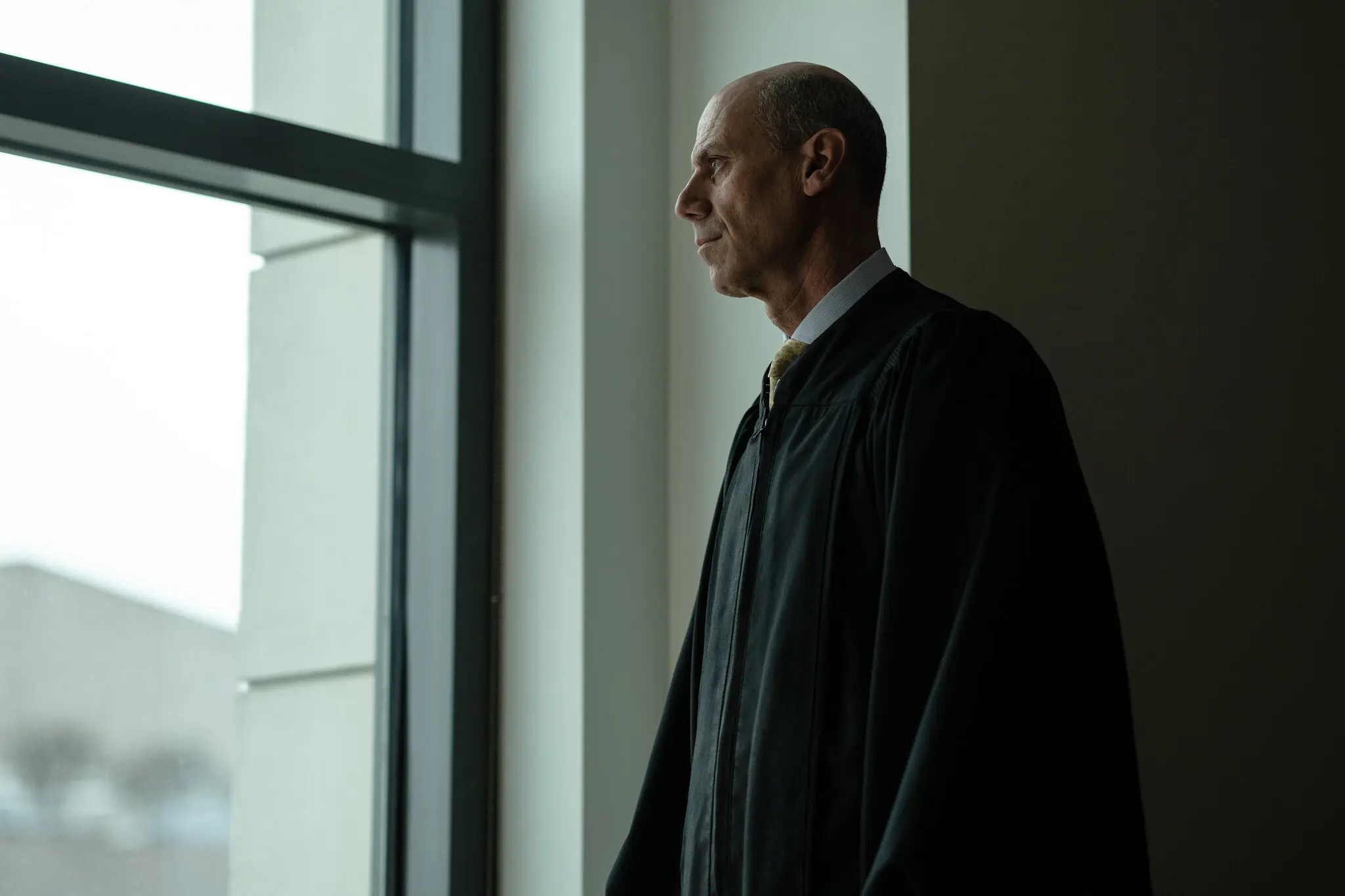

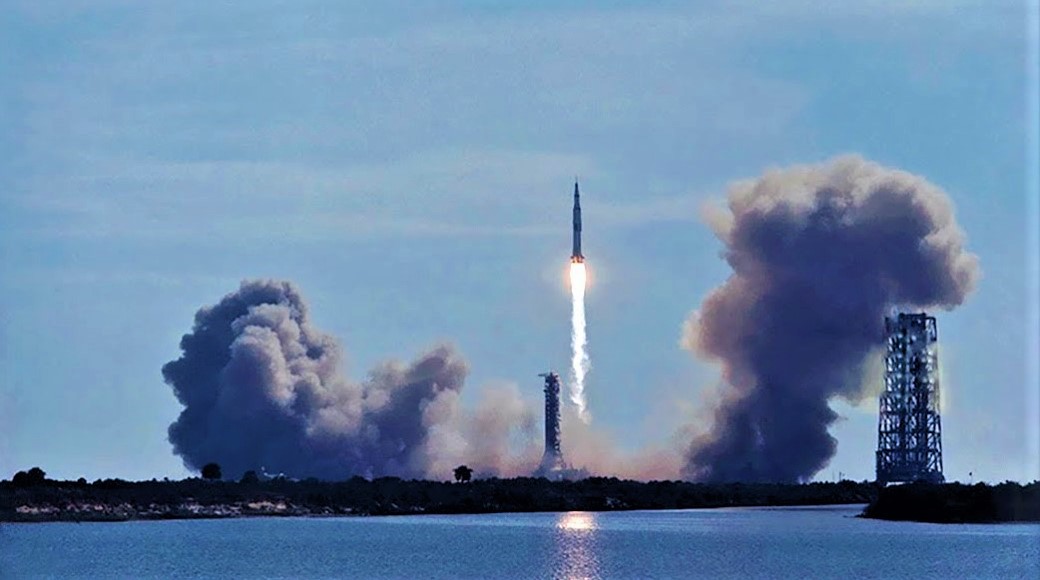


Great commentary, once again. I will read this to my little girls. Thanks
In light, in my opinion, of the horribly racist “go back” tweet – (and just because “some agree” certainly doesn’t make it right; and that some agree represents, in my mind, failure) – it’s greatly refreshing to read your commentary on the Apollo mission.
It’s been attributed to Earl Warren that he said he looked at the sports pages first to read about people’s successes rather than the front page and people’s failures. You’ve captured and remind us – in these troubled times – of one of the great accomplishments of mankind.